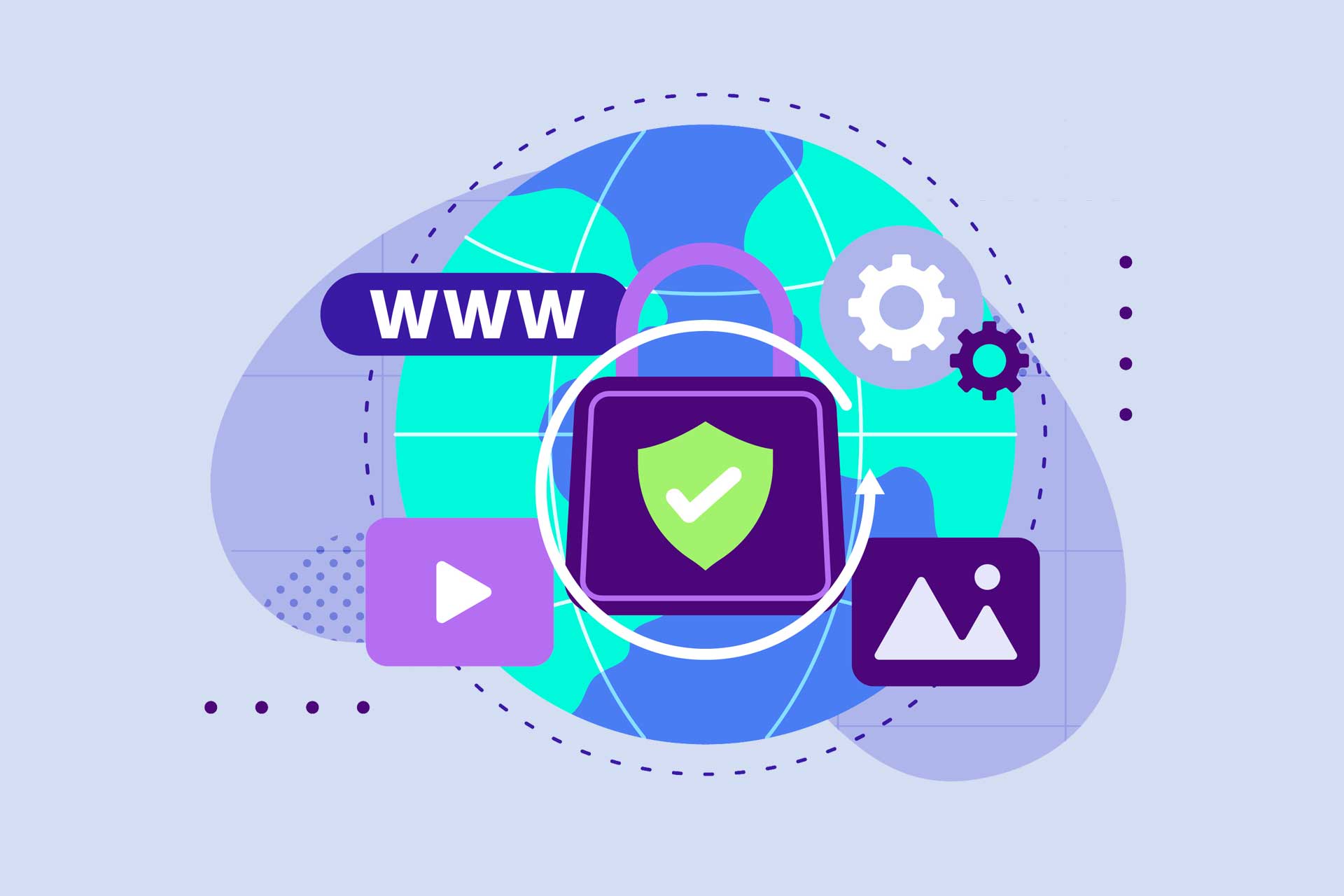What is Domain Protection? A Beginner’s Guide to Domain Protection
In the vast digital landscape, where establishing an online presence is crucial, safeguarding your domain is paramount. As you embark on your journey into the world of domain ownership, one term you’ll often encounter is “Domain Protection.” In this beginner’s guide, we will unravel the basics of domain protection, why it’s essential, and how you can ensure the security of your online identity.
What is Domain Protection?
Domain Protection, also known as domain security or domain privacy, involves measures and services designed to safeguard your domain name from unauthorized access, misuse, or exploitation. It is a crucial aspect of managing your online presence, ensuring the integrity of your brand, and protecting sensitive information associated with your domain registration.
Key Components of Domain Protection:
- WHOIS Privacy:
- When you register a domain, your contact information, including name, address, email, and phone number, is recorded in the WHOIS database. Domain Protection services often include WHOIS privacy, which replaces your personal details with generic information, shielding you from spammers, identity thieves, and other malicious actors.
- Domain Locking:
- Domain locking, or registrar lock, prevents unauthorized transfers of your domain to another registrar. Enabling this feature adds an extra layer of security, reducing the risk of domain hijacking or theft.
- Secure Sockets Layer (SSL) Certificates:
- SSL certificates encrypt data transmitted between your website and its visitors, ensuring a secure connection. While not directly related to domain protection, SSL certificates contribute to overall online security and can boost visitor trust.
- Two-Factor Authentication (2FA):
- Implementing two-factor authentication for your domain registrar account adds an extra layer of security. This additional step, usually involving a code sent to your mobile device, helps prevent unauthorized access even if login credentials are compromised.
Why is Domain Protection Important?
- Preventing Domain Hijacking:
- Domain hijacking occurs when unauthorized individuals gain control of your domain. Domain protection measures, such as locking and secure authentication, help mitigate this risk.
- Reducing Spam and Unsolicited Contacts:
- Without WHOIS privacy, your contact information is publicly accessible. Domain Protection shields you from spam emails, phishing attempts, and unwanted solicitations.
- Preserving Brand Integrity:
- Protecting your domain is synonymous with safeguarding your brand. By securing your online identity, you maintain control over your brand’s reputation and prevent potential misuse by malicious entities.
- Enhancing Website Trustworthiness:
- Implementing security measures, including SSL certificates, not only protects your domain but also enhances the trustworthiness of your website in the eyes of visitors and search engines.
Conclusion:
As you embark on your online journey, understanding and implementing domain protection measures is essential for safeguarding your digital identity. By incorporating WHOIS privacy, domain locking, SSL certificates, and two-factor authentication, you not only mitigate risks but also foster a secure and trustworthy online environment for yourself and your visitors. In the dynamic digital landscape, a proactive approach to domain protection is the key to a resilient and secure online presence.



